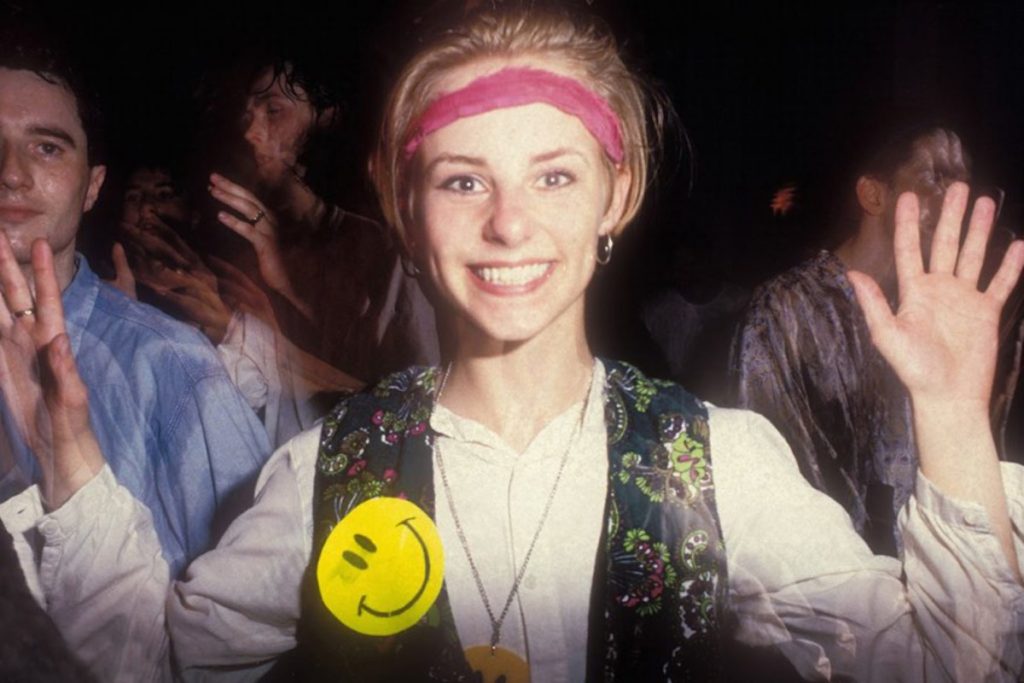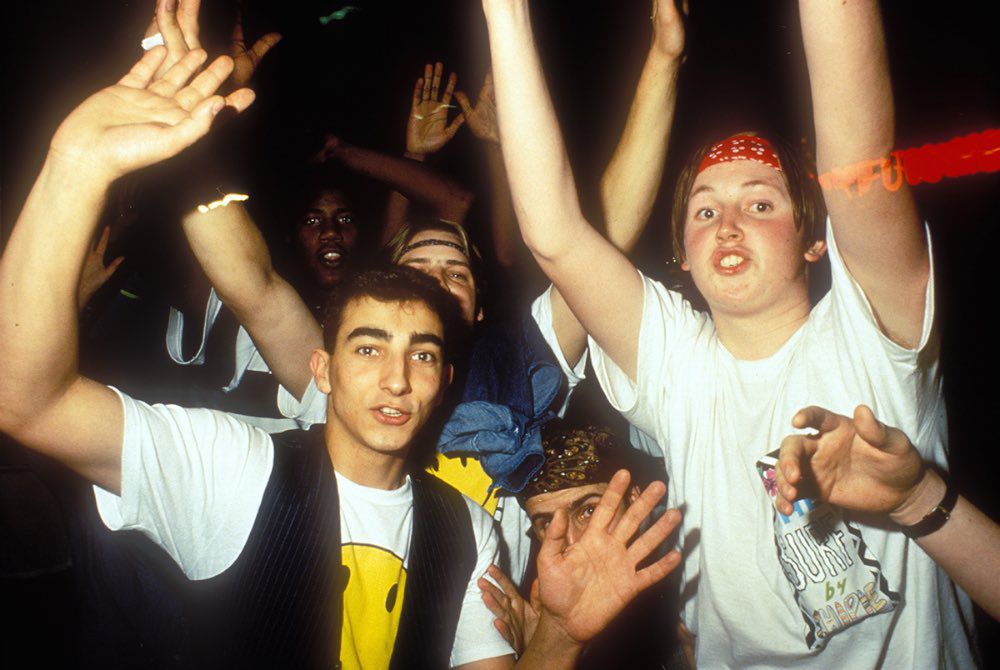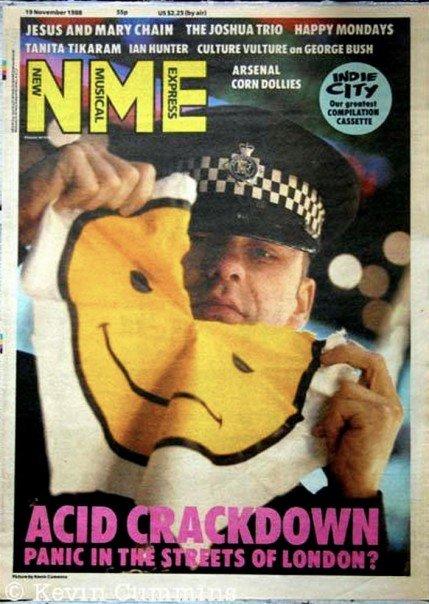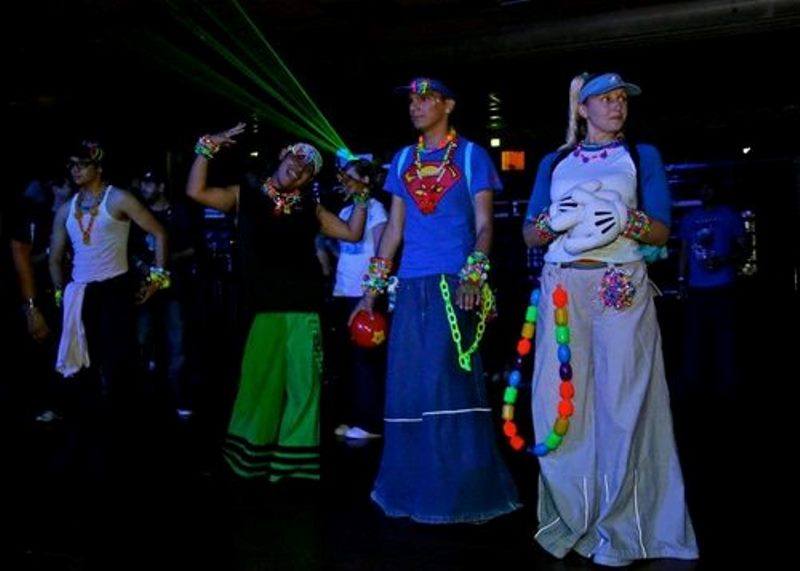Jessica Dam
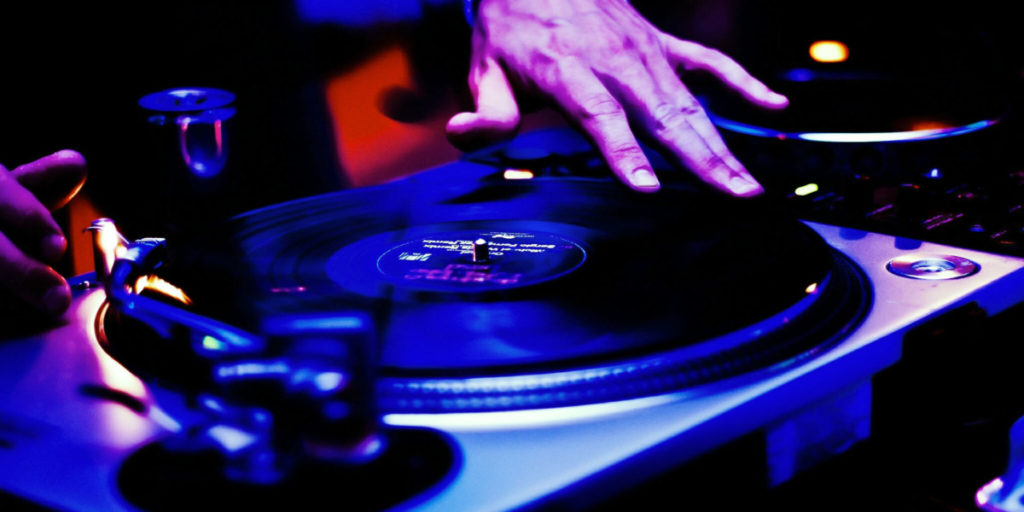
Introduction
On Thursday, July 12, 1979, large crowds gathered at Comiskey Park for “Disco Demolition Night.” This anti-disco event signaled the death of disco as records were destroyed and participants hung banners that read “Disco Sucks.” Disco might have died for a short period but was resurrected in the early 1980s, appearing in a new form: House Music.
House music is a genre characterized by its use of synthesizers, which is an instrument that produces a variety of sounds using different frequencies, and bass rhythms, and has associations with soul, funk, post-punk, and disco. New music technologies pushed the possibilities of music after the 1970s and allowed underground DJs shunned during the anti-disco movement to experiment with new and exciting sounds. House music gave young adults of all backgrounds a new way to congregate and dance to music without having a socio-political agenda. People and DJs simply wanted to have a good time.
The modern club music many of us are familiar with today has its foundation in 1980s Chicago and New York, where the House genre originated. Just as it was in the 1970s, the African American and LGBT communities dominated underground nightclubs with their presence. By the 1980s, new technologies such as synths and drum machines ushered in electronic disco, and DJs began to experiment with new sounds in the studio. One of the pioneers of these new sounds was DJ Frankie Knuckles, also known as the Godfather of House Music. As the technology that artists like Knuckles explored became more popular, more DJs appeared in the underground scene in cities like Detroit and New York. House music was so influential that artists in Europe noticed, and out of that came new forms of House music. This genre was able to achieve crossover success due to the variety of styles inherent in House music’s style (post-punk, soul, etc.) It was especially popular in the U.K., and a new youth culture was born: rave culture. House music knocked down walls of difference as people of diverse backgrounds came together to dance the night away and ushered in the beginnings of rave culture.
The Warehouse
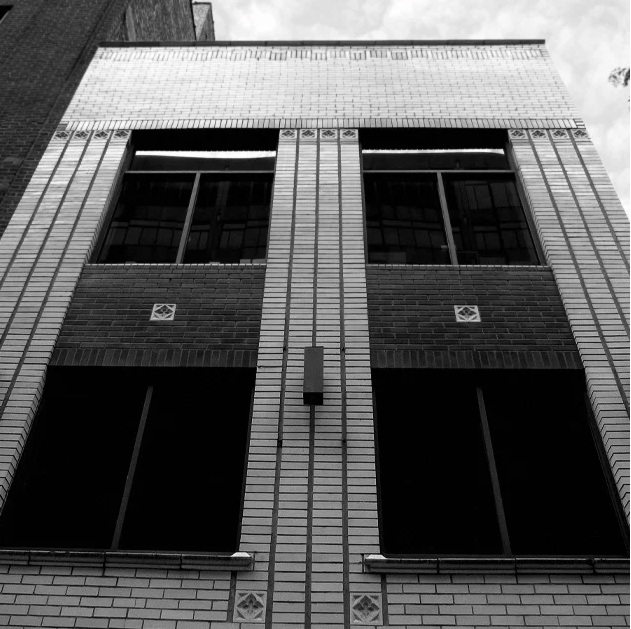
House music derives its name from one of the main nightclubs it originated in, which was the Warehouse in Chicago. Currently a law firm, it was here that Frankie Knuckles presented clubgoers with remixes and introduced them to the synth and drum machine sounds. Old warehouses served as places where young adults gathered and danced to remixed disco, soul, and funk tunes that were transformed into electronic dance tracks. More than ever before, dance became a common denominator that united different people: Gay, Straight, Black, Asian, Latino, White, Preppies, and the Hip Hop generation. There was no explicit rebellion or political struggle in these places other than young people escaping the confines of a mundane evening and finding entertainment at clubs with previously unfamiliar music. Because House music had just begun, so there was no formal name for it. Not even Knuckles had created a name for the music he himself was originating. As the Warehouse gained more popularity and Knuckle’s music was becoming widely known in Chicago’s nightlife scene, Warehouse patrons began calling his music “House” music since at the time it was only heard at the Warehouse. Soon, other DJs in Chicago began producing similar-sounding music ti Knuckles and called it “House” music. “House” music was created by the people and for the people.
In the video above, former Warehouse goers reflect on the famous Chicago nightclub.
Frankie Knuckles: House Pioneer
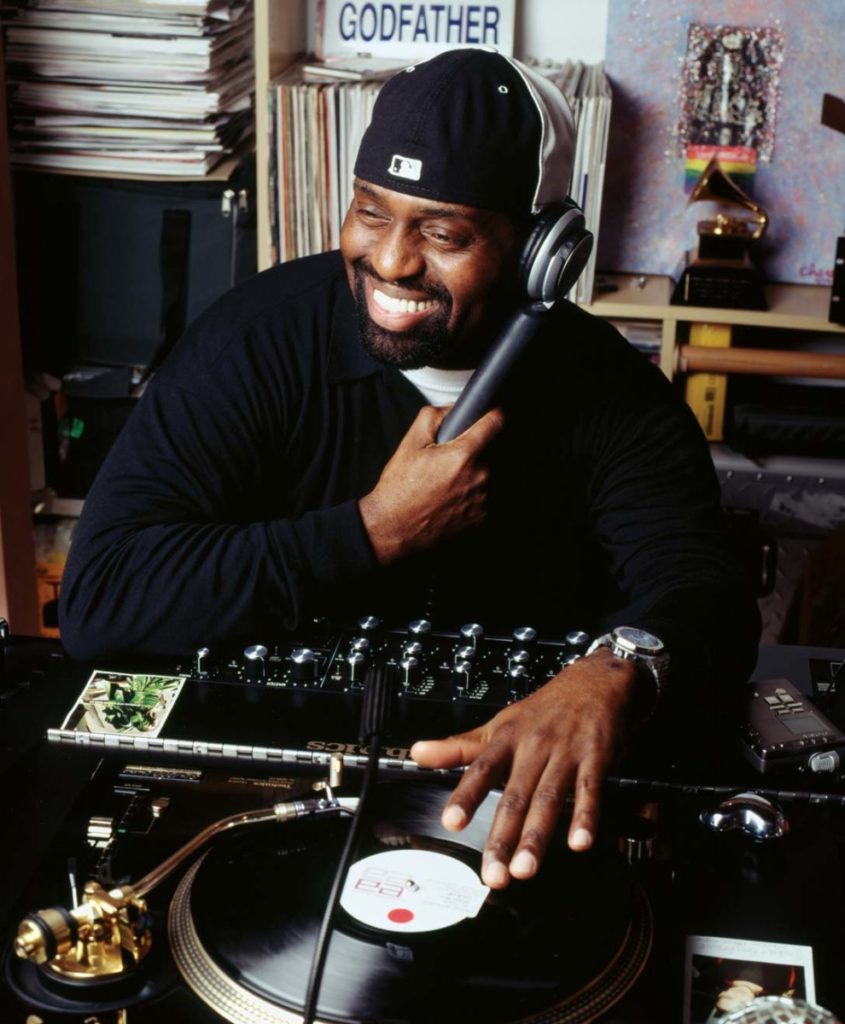
Francis Nicholls Jr., better known as Frankie Knuckles, is often credited as the founder of house music. Born on January 18, 1955, Nicholls grew up in the Bronx and as a young adult frequented New York clubs like The Loft and the Gallery. It was in these and other clubs in New York City that DJ Knuckles cut his DJ teeth. Open to experimenting with different sounds, the DJ combined disco, R&B, Eurodisco, and other musics in his own extended mixes– and the crowds at nightclubs were hooked from the start. In the 1970s, Knuckles worked at a number of famous discotheques such as the Continental Baths and Paradise Garage, but it was at Chicago’s Warehouse that the DJ began to hone his mixing skills. He received an offer to DJ at this new club, and he took it as an opportunity to try something different and as a way that he could shape a club still in infancy. According to RollingStone magazine, “Knuckles was so popular that the Warehouse—initially a members-only club for largely black gay men—began attracting straighter, whiter crowds, leading its owner, Robert Williams, to eschew memberships.” DJ Knuckles passed away in 2014, and renewed interest in his work garnered the attention of Illinois politicians, like state senator Barack Obama, who in 2004 declared August 25 to be Frankie Knuckles Day.
Frankie Knuckles- “Your Love”




One of the most influential pieces of House music was DJ Knuckles’s 1986 hit, “Your Love.” As seen in the song’s Youtube comments, in which the video has garnered 1.1 million views, House fans continue to reminisce on the breakout hit that brings them back to their youthful days in the club. The song employs a staccato beat (staccato- each note detached from the others) that escalates to a funky rhythm within a minute. The voice in the song features Jamie Principle, who sings lyrics like Well I need your love Don’t make me wait too long Ooh I need your touch Don’t make me wait for your love. Much of early House, and still common today, conveys themes of love and sensuality in lyrics; this is a universal language that everyone can understand to some extent. According to a vice.com article that featured an interview with Jamie Principle reflecting on “Your Love,” the song “ seemed to sum up the entire allure of the dance floor: romantic possibility, escape, a little bit of danger, a lot of abandon, racial and sexual diversity, and even political liberation,” (https://www.vice.com/en_us/article/d7jxzv/jamie-principle-frankie-knuckles-your-love). In songs like “Your Love,” there was no restraint— feelings were conveyed both in the instrumentality and lyricism, which created a feeling of rapture and freedom on the dance floor.
French Touch, Italo House, Acid House
French Touch: heavy filter and phaser effects
Italo House: electronic piano chords
Acid House: Electronic bass synthesizer. Associated with drugs like ecstasy.
House music linked American nightlife and European nightlife, and it topped charts in Europe. House music transformed into French Touch in France, Italo House in Italy, and the Acid House subgenera that originated in Detroit achieved huge success in the United Kingdom. More than the chorus and words, young people caught on quickly to House music because the beat, which can be universally understood, was emphasized in this type of electronic dance music. DJs in Europe could easily experiment with American House music as the technology used to produce it became more widely accessible. The crossover success of House music has been so successful that today House music and EDM as a whole is more popular in Europe than in the United States where it originated. Its global reach has introduced new sounds to the music, with DJs pulling from musical styles found all over the world and meshing them with electronic sounds. If there was one thing that united young adults in Europe and the United States, it was the House music they listened to at nightclubs.
Beginnings of Rave Culture
Rave culture’s inception was placed in the U.S. naturally as the music stemmed from 1980s American nightlife. However, Acid house’s immense success in the U.K. took rave culture to the next level as parties got out of hand, ecstasy usage increased, and U.K. policemen cracked down on raves. For “ravers,” EDM parties created a space that promoted a sense of community and the desire for a good time, and the last time a subculture took off to a similar extent was the British rock-and-roll era that united teddys and young girls embracing bands like The Beatles. Ravers were not necessarily embracing DJs in the same way people in the previous generation worshipped the Rolling Stones, but rather they praised the beat and danceability of Acid house. The smiley face became the symbol of rave culture and Acid house because ravers were always putting up a happy and excited front but also because drug usage was common at raves that people were on a high that the smiley face exemplified. House music was new, foreign, and atypical, and ravers identified with such a genre that promoted unique individuality. Today, raves continue to be a subculture that challenges respectable politics, and the use of drugs has influence how the dominant culture views EDM and raves and in negative ways.
Links
https://www.redbullmusicacademy.com/lectures/frankie-knuckles-lecture
https://www.vice.com/en_us/article/d7jxzv/jamie-principle-frankie-knuckles-your-love
Bill Brewster and Frank Broughton, Last Night a DJ Saved My Life (New York: Grove Atlantic, 2007).
